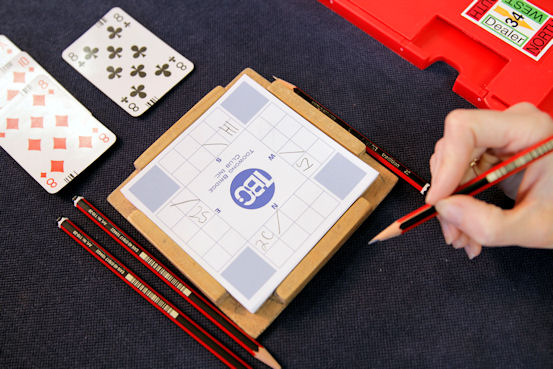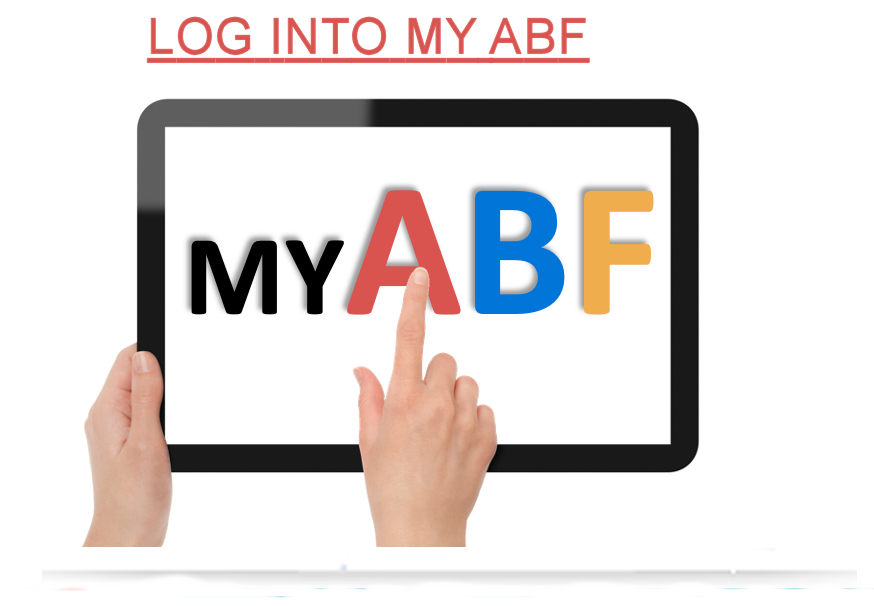
Some suggestions to help new players improve.
Bidding
As you develop a bridge partnership, don’t start with a very complicated system. It will be too much. Rather, wait until you have the basics under control before adding new conventions.
Understand what’s forcing and what’s not, if you want to keep your partner that is! Generally, a new suit by an unpassed hand is forcing, but once an “old” suit (one that has been heard before in the auction) is mentioned, it’s no longer forcing. New suits by responder are always forcing, but occasionally opener’s new suit MAY be passed if you’ve responded on a real minimum. (eg 1♣ p 1♥p 1♠. It’s possible to pass this, although it’s rare to). But….
1♥ p 2♣ p 2♦ (forcing – 3 new suits – still looking for a fit), but
1♣ p 1♥ p 2♥ (not forcing, as an “old” suit has been mentioned).
Still, if either player has more than a minimum, they should continue. Most notrump bids define the points within a narrow range.
1♣ p 1♥ p 2NT (18 – 20, balanced, no heart fit).
Deciding whether to bid to game is the bread and butter of bidding. Having information about how hands fit rather than simply assessing high card points will produce more successful contracts. This means noticing where values are rather than just what they are. Shortages opposite partner’s small cards, eg a singleton opposite Axxx, are attractive in a suit contract, because you can trump losers that way.
Judgement will develop as you recognise positive and negative features of hands.
Having honour cards in your long suits is a plus, and 10’s and 9’s are good “fillers”. Aces represent first round controls of suits. Negative features include 4333 shapes, aceless hands, too many Q’s and J’s, not enough 10’s and 9’s, poor long suits, honours squashed in short suits.
Don’t bid thin slams, as the field is not usually in them. Most people play safely in game. Going minus in a slam that they field is not bidding will give you a bad result. You don’t need it. But, be prepared to bid more with a fit, and less without a fit, especially in competitive situations. Holding almost no cards in the opponents’ suits is the green light to bidding more in your suit.
Play
The plan is everything, and needs to be worked out on every hand, right after the lead is made. In no trumps, count winners, in suits, count both winners and losers.
Check how many tricks you need to develop, and then decide which techniques you will use. Sometimes working out which technique to use first is the problem, but having a basic knowledge of the odds will save you here. An even number of cards against you will divide oddly more than evenly, and vice versa, eg
- You and partner hold 7 cards in a suit, (missing 6 cards). Expect them to divide 4-2 more than 3-3.
- You and partner hold 8 cards (missing 5 cards). Expect them to divide 3-2 much more often than 4-1.
As declarer, we are sometimes taught to draw trumps too early. Roughly 40% of the time, you need to do something else with the trump suit (usually dummy’s) before you draw them. The trump suit is a good way to cross to and fro between hands.
Don’t panic as declarer – you need to remember the lead and try to build up a picture of the opponents’ hands. Also practise keeping count in important suits. This means mentally recording the distribution of some suits.
Defence
Making the opening lead requires that you decide first which suit to lead, and having done that, which card of the suit. In general, don’t lead suits that the other side has bid. Follow recommended leads ie top of a sequence of 3 touching, or near touching in no trumps, or top of two touching in a suit contract, low card from an honour, top of a doubleton etc.
The defenders use the same techniques for developing tricks as declarer does, ie promotion. length, finesse, cross-trumping, and discarding losers on winners. The difference is they can’t see each other’s cards, so it’s harder to work out what is going on.
The crucial cards are the first one, and the first discard, so work out your favourite signalling method (high to encourage, or low to encourage), and stick to it. Your role is to make the cards you play mean something to partner. Don’t give up until the last card is played.











